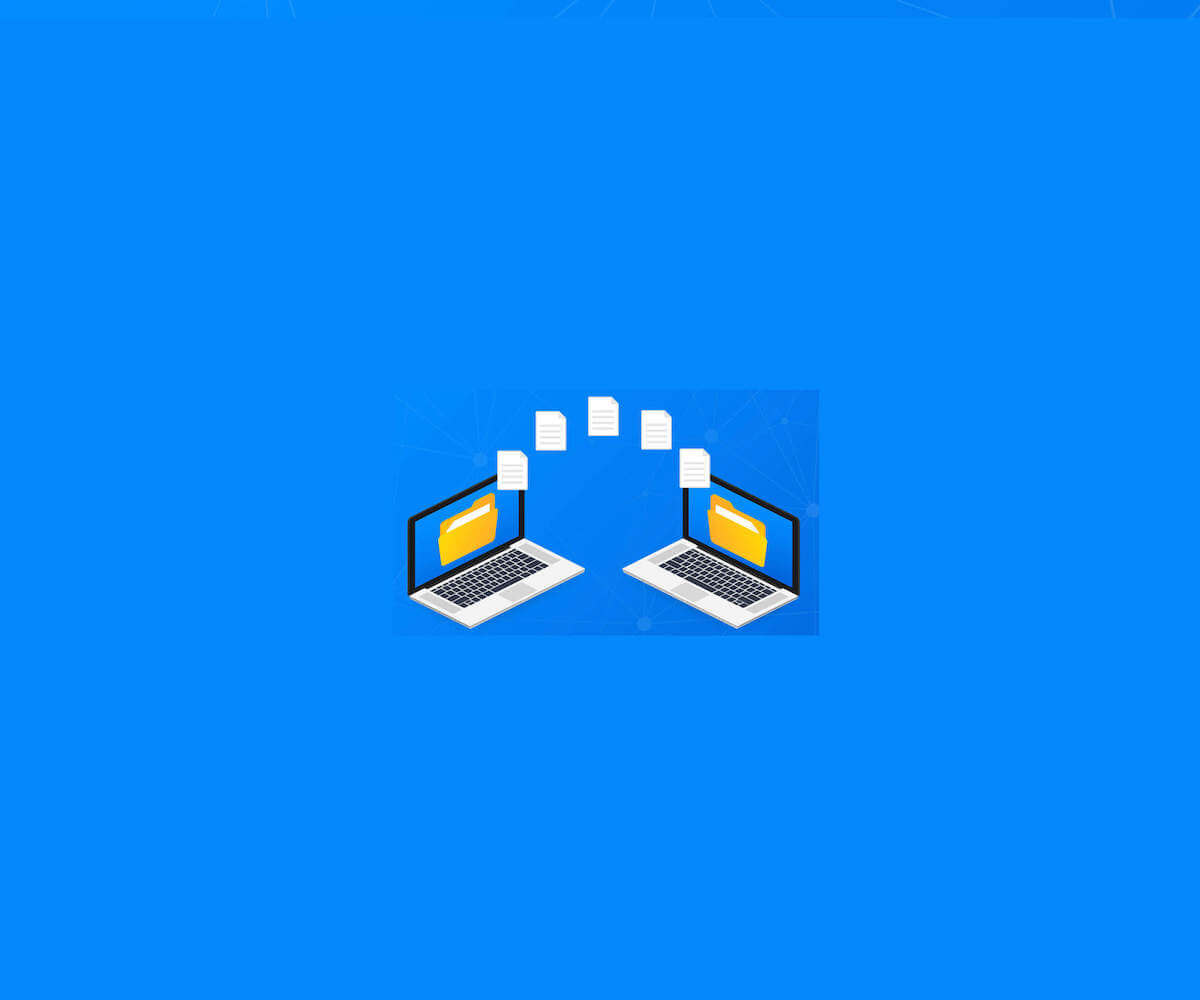
Whether you are new to database administration or just to this particular job, the first thing you’ll need to do when you take on a new DBA position is audit the current server performance to determine a baseline.
But even before you dive in and start analyzing metrics and running health checks, you need to spend some time gathering important background information about the server you have inherited. You especially need to understand the server’s main goal, its most critical function, and whether there are any recurring issues.
Once you have gathered the background information, you can begin work on your performance baseline. Start by setting up alerts and running a health check to find the source of bottlenecks and performance killers.
Now that you have an idea of how well the server is performing, there are three questions you need to ask so you can implement a performance improvement plan if needed.
1. How does server performance affect the company’s bottom line?
Today’s businesses rely on data, making the DBA’s job mission-critical, even though few people realize it. When you take over a server environment, it is crucial to find out how the performance of that server affects the company financially. By putting a dollar amount on key performance issues, you are more likely to get buy-in for improvements. Here are three ways performance affects revenue:
- Availability: Sales databases, for example, are critical income generators for many companies, but they are only useful if you can access them. Every minute or hour a database is unavailable can be assigned a lost-dollar value.
- Resolution time: The length of time your system is down is directly related to the amount of money you are going to lose.
- System response time: Databases play a major role in system response times, and speed is everything to today’s users. If your page is slow to load or a business user can’t pull a report quickly, you are going to lose that customer and their money.
2. What practices and procedures have been automated, and does it make sense to automate others?
SQL Server has a lot of built-in automation features that can make performance monitoring less time-consuming for the DBA. A few examples include:
- Connections: Automated collection of SQL Server database connections for monitoring
- Corruption: Alerting for SQL Server suspect database pages
- Error logs: Monitoring SQL Server error logs with email alerts
- Reporting: Send performance dashboard reports during a database event using reporting services
Although some DBAs are concerned that AI and machine learning will automate them out of a job, the reality is that these technologies help elevate the DBA to a more strategic role. When repetitive, time-consuming manual tasks are automated, the DBA can focus on higher-value work such as risk mitigation, compliance, and performance tuning.
3. Are we taking full advantage of cloud-driven SQL Server performance monitoring?
Cloud-based performance monitoring has many benefits, such as no expensive database required to store performance data, lower cost of ownership, simple deployment, and very little maintenance.
Cloud-driven SQL Server performance monitoring essentially means you don’t have to plan a high availability to make sure monitoring is always available, remember to update your monitoring environment, or worry about how much storage you need to house your performance history.
From a SQL Server-specific perspective, Microsoft has been pushing for widespread cloud adoption for a while. They have even pushed the upgrades of SQL Server databases to cloud databases, including Azure SQL DB, Azure Managed Instance, and Cosmos DB.
Another benefit of utilizing a cloud-based performance monitoring solution is flexibility. DBAs are no longer at the mercy of middle-of-the-night alarm notifications. Many cloud-based performance monitoring tools include mobile performance monitoring and triage. That means you can troubleshoot from anywhere at any time.
The early days of any new job can be overwhelming, but it can feel especially intimidating when doing your job well has extreme implications for the success of the entire organization. Database administrators work behind the scenes to make sure server and database performance is optimal and the system is always available and fast.
To get up to speed on the new system quickly, new DBAs should first establish a baseline measure of performance. Once the baseline is set, the above three questions can be used not only to determine the best course of action to improve performance if needed, but also to provide specific data and information that can be used to get buy-in from management for funding and resources.








